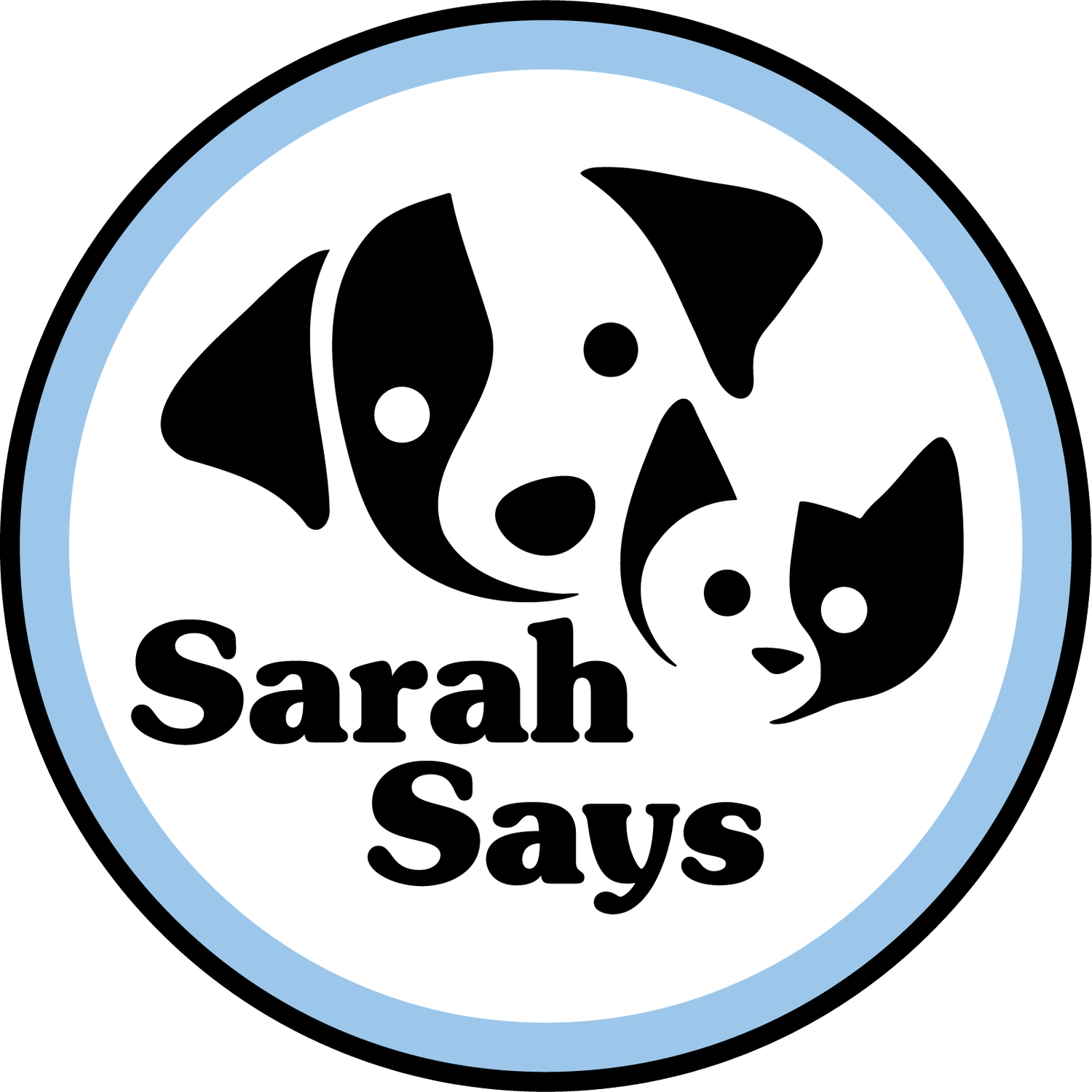Are You Influencing Your Dog's Separation Stress? 5 Steps To Calm Your Dog
When people first reach out to me regarding separation anxiety, I ask how they feel about leaving the house with their dog behind. The answers I get?
"I feel guilty."
"I feel so sorry for my dog."
"Am I a bad pet parent?"
If this sounds familiar and you truly want to help your dog, you need to change the narrative. In this blog, I will teach you how to pitch your departures in a positive light. Sounds hard? It is! But it's part of the responsibility of being a good pet parent.
First, look at how you may be influencing your dog's association with being left alone. Imagine you're a puppy, and someone plucks you from your mom and littermates, sticks you in a crate, and drives you "home." Poor little puppy, you're going to feel alone and confused for some time. Fortunately, this only lasts a few days, but in the meantime, you'll be screaming out for your family.
As a human with feelings of your own, you can't help but pamper your sweet pup when they cry out! Still, to the puppy or dog, which may be calling out for fear of isolation in an unfamiliar environment, your coddling teaches them to continue this fear of isolation, that no matter what, you'll be there to comfort them.
Fast forward days, weeks, or even years, and the separation anxiety grows on both ends of the leash. We love our dogs like family, and several studies show that many people even enjoy spending time with their dogs more than their spouses. Leaving any of my dogs behind is the hardest part of my day, but it's true that I can't take them everywhere. As their "mom," it's my job to pad their disappointment with a bit of positivity. After all, science shows that dogs can smell our emotions.
So how do you fake it 'till you make it? Here are five steps to make it easier:
Associate departure sounds with positivity: Recreate sounds such as the hairdryer, coffee maker, blender, shaking keys, anything that your dog may associate with your leaving, but instead of going, shower them with treats, toys, and attention, helping them associate these signals with a good time.
What's in the bag? Take a purse, briefcase, or backpack, pack a few toys and head out to the park. Before leaving, reach into the bag and give your dog a self-soothing toy, bone, or busy toy.
Don't be their servant. Though it's tempting to coddle your dog when you're home, constant attention can make the isolation more dreary and difficult to endure. Teach your dog simple tricks like sit, place, settle down, and encourage them to behave.
Practice minor departures; even leaving the room to get a snack or grab the phone can be a great time to build separation tolerance. If your dog gets wound up even when you're gone for a short time, ignore them until they settle down. Remember, if you coddle an anxious puppy, you'll end up with an anxious dog!
No matter what happens when you're apart, try to stay calm when you come back. Dogs are often destructive when distressed, so make sure not to overreact to any messes your pup may have left. Pad each arrival with 5 minutes of calmness so that they're less frantic around your appearances and less disappointed when you go again.
If you need more help, I work virtually and in person; you can also consult the IAABC to find a licensed behaviorist in your area.
Of course, if you're reading this article before or in the early days of adopting a new puppy or dog, you'll have an easier time teaching them separation tolerance. Here are three quick tips!
Try The Peekaboo Solution: Ignore your puppy when they cry, jump, bark, or nip. Instead, cover your face or leave the room, only giving attention to them once they've settled down.
Follow The Four Paw Rule: It's natural for puppies to jump up when excited; their goal is to make face-to-face contact. Ignore them until they follow The Four Paw Rule; this means all four paws are on the ground, and they're not jumping.
Create A Happy Place: Set up a place in each room with a mat, toys, chews, food, and water nearby. Encourage your puppy to go to their happy place, telling them "on your mat," and give them attention when they do — they'll learn that all good things happen when they go to their happy place.
So, buck up, stay positive and pad your departures with freedom, food, and fun instead of fear and frustration. You and your dog will be a lot happier.
